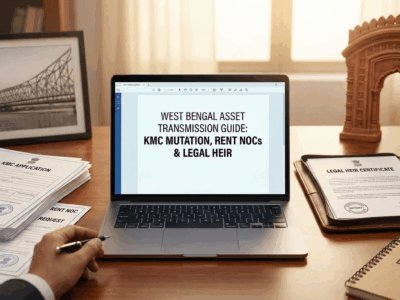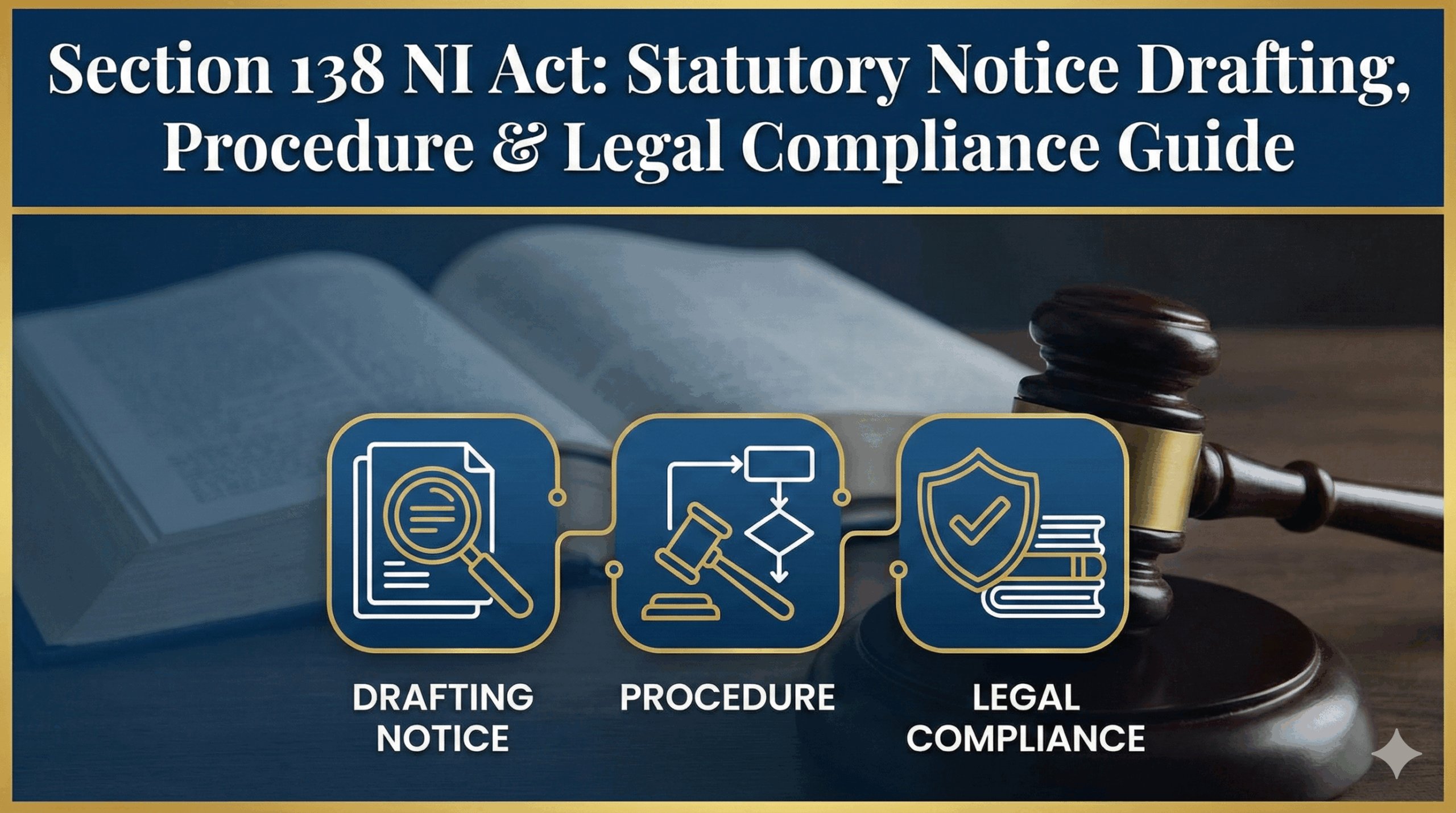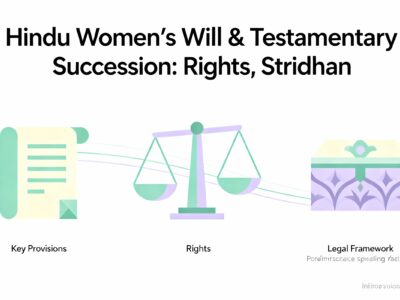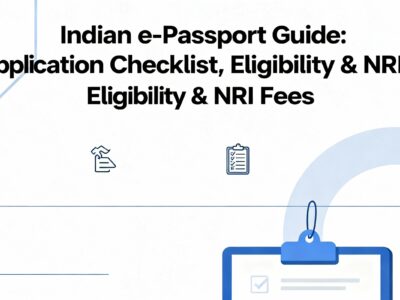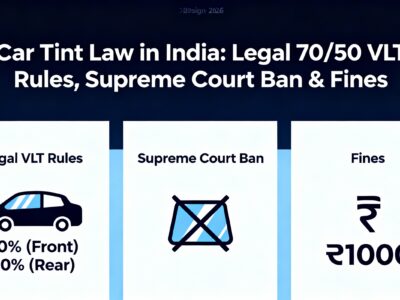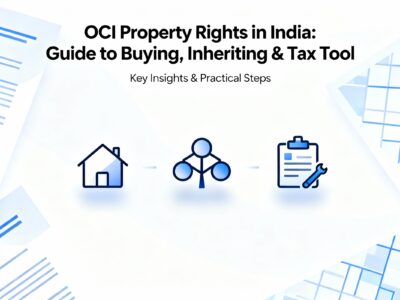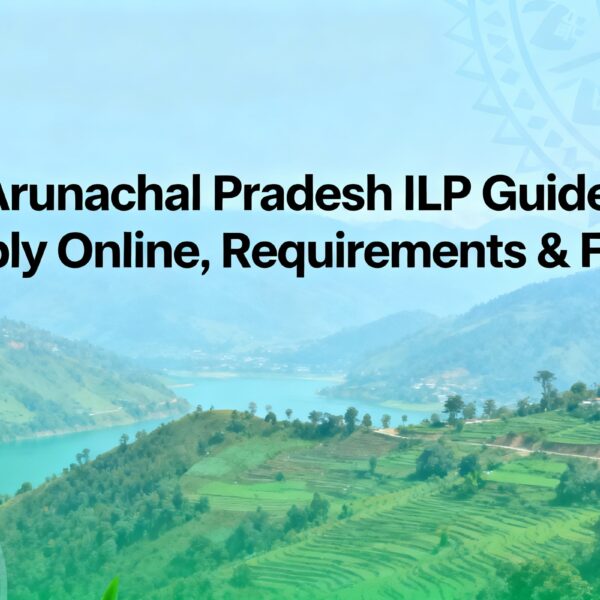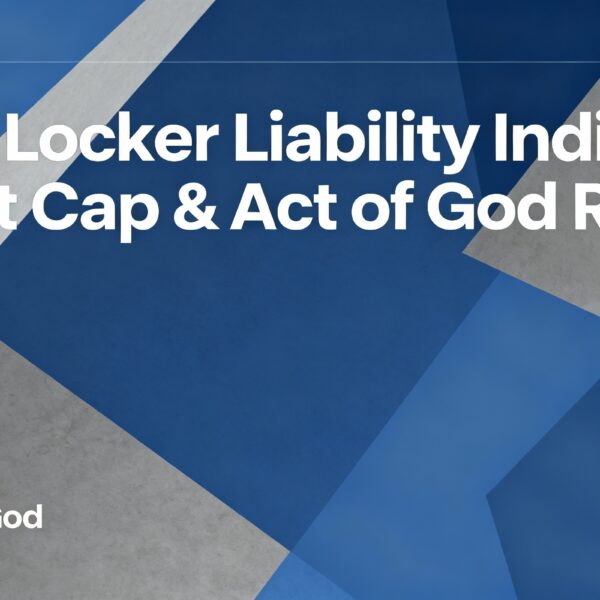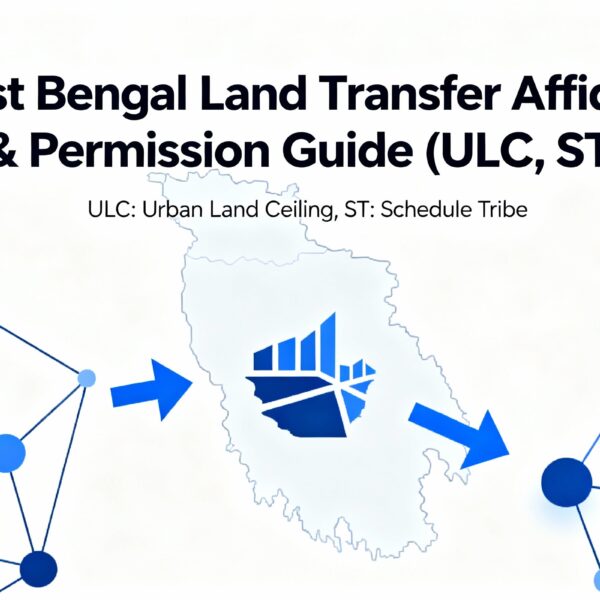Car Insurance Claim Rejected? Legal Rights in India Free Checklist
Having your car insurance claim rejected can feel like a dead end, leaving you with significant financial and emotional stress. However, a denial from your insurer is not the final word. In India, a robust legal and regulatory framework exists to protect policyholders from unfair claim repudiation.
This comprehensive guide, updated for 2025, details your legal options step-by-step—from appealing directly to the insurer and escalating to the Insurance Ombudsman, to filing a case in the Consumer Court. Understand the common reasons for rejection, learn how to build an undeniable case, and discover the path to securing your rightful compensation.
GUIDE TO YOUR LEGAL RIGHTS
Car Insurance Claim Rejected?
Your comprehensive legal and procedural guide to successfully challenging a rejected claim in India.
Last Updated: September 2025
The rejection of a car insurance claim can be a source of significant financial and emotional distress. However, a denial from your insurer is not the final word. India's legal and regulatory framework provides a structured, multi-tiered process to seek justice. Understanding this path is the first step to reclaiming your rightful compensation.
Your Path to Justice: The Redressal Hierarchy
Internal Grievance Redressal
The mandatory first step. Formally appeal to the insurer's Grievance Redressal Officer to fix their legal position and get a final written justification.
External Escalation
Approach the Insurance Ombudsman for a free, speedy, and binding resolution. Concurrently, file a complaint on IRDAI's Bima Bharosa portal to add regulatory pressure.
Legal Recourse
File a case in the Consumer Court. This forum is designed to be accessible, affordable, and faster than traditional courts, making it the best legal option for policyholders.
Understanding the Surveyor's Role
The surveyor is a licensed, independent professional appointed by the insurer to assess the damage to your vehicle. Their report is a critical piece of evidence, but it is not infallible or legally binding on you or the courts. Understanding their function is key to ensuring a fair assessment.
Surveyor's Duties
- Assess the cause and extent of the loss.
- Determine the admissibility of the claim under the policy.
- Recommend the value of the loss and repair costs.
- Advise on salvage and loss minimization.
Your Rights During Survey
- Be present during the inspection.
- Receive a copy of the surveyor's report upon request.
- Appoint your own independent surveyor if you disagree.
- Contest the surveyor's findings with evidence.
Legal Precedent:
The Supreme Court has repeatedly held that a surveyor's report is an important document but is not the final word. It can be challenged and overturned with credible evidence in a court of law.
Own Damage vs. Third-Party Claims: A Crucial Distinction
It is vital to understand the type of claim you are dealing with, as the legal path differs significantly. Your car insurance policy consists of two main parts.
Own Damage (OD) Claim
This is a claim you file with your own insurer for damages to your own vehicle. This entire guide primarily focuses on the process of challenging a rejected OD claim through consumer forums.
- Who you claim from: Your Insurance Company.
- Purpose: To cover repair/replacement costs for your car.
- Legal Forum: Consumer Court.
Third-Party (TP) Claim
This claim arises when your vehicle causes injury, death, or property damage to someone else (a "third party"). The claim is filed by the victim against you, and your insurer's role is to defend you and pay the compensation awarded by the court.
- Who claims: The accident victim (the third party).
- Purpose: To compensate the victim for their loss.
- Legal Forum: Motor Accident Claims Tribunal (MACT).
Why Was Your Claim Rejected?
An insurer's rejection is typically grounded in specific policy clauses or alleged procedural failures. Understanding the precise reason is the foundational step in mounting a successful challenge. Use the filters below to explore the most common grounds for repudiation.
Your First Response: Building a Strong Case
Upon receiving a rejection, your immediate actions are critical. A methodical, calm, and well-documented approach will build a robust case file that serves as the foundation for all future escalations.
Strategic Tip:
An internal appeal compels the insurer to formally state their reason for rejection, "locking in" their legal argument. They cannot easily introduce new reasons for denial at later stages.
Key Steps to Take Immediately:
- Decode the Rejection Letter: Carefully analyze the official letter to identify the exact grounds for repudiation. Cross-reference this with your policy document.
- Build Your Arsenal: Meticulously gather every piece of relevant documentation into a comprehensive case file. This is your primary source of evidence.
- Engage the Insurer: Draft a formal, professional written appeal to the insurer's Grievance Redressal Officer (GRO), presenting a logical counter-argument with enclosed evidence.
Building Your Fortress of Evidence
The strength of your case rests on the quality and comprehensiveness of your evidence. The burden of proof is on you to substantiate your claim, so meticulous evidence collection is non-negotiable.
Photographic/Video Proof
Capture clear, time-stamped photos and videos of the damaged vehicle from all angles, the accident scene, and any visible road conditions or landmarks.
Official Documents
Secure copies of the FIR or General Diary Entry from the police. This is a crucial, unbiased record of the incident.
Witness Statements
If there were witnesses, obtain their names, contact details, and a brief, signed statement about what they saw. This can be invaluable.
Repair Estimates
Get detailed, itemized repair estimates from at least two reputable, authorized workshops. This helps counter low-ball offers from the insurer's surveyor.
Escalating: The Ombudsman and IRDAI
If the internal appeal fails, you have two powerful, independent channels for escalating your complaint: The Insurance Ombudsman and the Insurance Regulatory and Development Authority of India (IRDAI).
The Insurance Ombudsman
A quasi-judicial authority providing speedy, cost-effective, and impartial dispute resolution. This is often the most effective next step.
- Jurisdiction: Claims up to ₹50 Lakhs.
- Cost: Absolutely free.
- Timeline: File within 1 year of rejection.
- Decision: Issues a binding "Award" on the insurer if you accept it.
IRDAI's Bima Bharosa System
IRDAI's role is facilitative, not adjudicatory. It forwards your complaint to the insurer for re-examination and monitors their response.
- Function: Acts as a regulatory watchdog.
- Process: File online via the Bima Bharosa portal.
- Impact: Adds regulatory pressure, often prompting a more serious review by the insurer's senior management.
The Power of a Legal Notice
Before approaching the courts, sending a well-drafted legal notice through a lawyer is a crucial and highly recommended step. This formal communication signals your serious intent to pursue legal action and often prompts a settlement.
What a Legal Notice Achieves:
- Final Opportunity: It gives the insurer one last chance to settle the claim before you initiate costly and time-consuming litigation.
- Formal Record: It creates a formal, documented record of your grievance and your attempt to resolve it amicably.
- Psychological Impact: It demonstrates that you are well-informed of your rights and are prepared to enforce them legally, moving your file from a standard complaint to a potential legal liability for the insurer.
- Legal Prerequisite: It serves as a precursor to your court complaint, showing the court that you exhausted all pre-litigation remedies.
Legal Notice Template: A Starting Point
Below is a sample template for a legal notice. This should be adapted by a qualified lawyer to fit the specific facts and circumstances of your case. Do not send this without professional legal consultation.
REGD. POST A.D.
To,
The Managing Director/Principal Officer,
[Insurance Company Name],
[Full Address of Insurer's Head Office/Registered Office],
[City, State, PIN Code]
Date: [Date of Sending Notice]
Subject: Legal Notice for the wrongful and arbitrary repudiation of Motor Insurance Claim
Policy No.: [Your Car Insurance Policy Number]
Claim No.: [Your Claim Reference Number]
Vehicle No.: [Your Vehicle Registration Number (e.g., WB-01-AB-1234)]
Sir/Madam,
Under the instructions and on behalf of my client, [Your Full Name], son/daughter of [Father's Name], residing at [Your Full Address], I do hereby serve you with the following legal notice:
- That my client is the registered owner of the vehicle, a [Car Make and Model], bearing Registration No. [Your Vehicle Registration Number], and had insured the said vehicle with your company vide Policy No. [Your Car Insurance Policy Number] for the period from [Policy Start Date] to [Policy End Date].
- That on [Date of Accident], the said vehicle met with an accident at [Location of Accident]. The incident was immediately reported to the local police station, and an FIR/GD Entry was registered vide No. [FIR/GD Number] dated [FIR Date].
- That my client, in adherence to the policy terms, promptly informed your company about the accident on [Date of Intimation] and subsequently filed a formal claim (Claim No. [Your Claim Reference Number]), submitting all necessary documents as requested by your representatives.
- That your appointed surveyor, Mr./Ms. [Surveyor's Name], inspected the vehicle and assessed the damages. My client provided full cooperation during the entire survey process.
- That to my client's shock and dismay, you have wrongfully repudiated the legitimate claim vide your letter dated [Date of Rejection Letter], citing "[Exact Reason for Rejection as stated in the letter]" as the ground for repudiation.
- That the grounds for rejection cited by you are baseless, arbitrary, and contrary to the facts and the established principles of law and natural justice. [Briefly state why the reason is invalid, e.g., "The delay in intimation did not prejudice the assessment of the claim in any manner," or "The alleged non-disclosure was not material to the risk covered."]
- That your act of rejecting a valid claim constitutes a "deficiency in service" and an "unfair trade practice" as defined under the Consumer Protection Act, 2019, causing my client immense financial loss and mental agony.
Therefore, through this notice, you are hereby called upon to pay my client a sum of ₹[Total Amount]/-, which includes:
- ₹[Claim Amount]/- towards the cost of repairs / Insured Declared Value (IDV) of the vehicle.
- ₹[Compensation Amount]/- as compensation for the mental harassment and inconvenience caused.
- Interest at the rate of 12% per annum on the claim amount from the date of claim till the date of payment.
Should you fail to comply with the demands herein within a period of 15 (fifteen) days from the receipt of this notice, my client shall be constrained to initiate appropriate legal proceedings against you in the competent Consumer Court at your risk and cost, for which you shall be solely responsible.
A copy of this notice has been retained in my office for future action.
Yours faithfully,
(Signature)
[Lawyer's Name]
Advocate
[Lawyer's Office Address]
The Legal Arena: Consumer Courts vs. Civil Courts
Should all other avenues fail, your final recourse is the legal system. The choice between a Consumer Court and a Civil Court is a critical strategic decision. For most policyholders, the Consumer Court is the unequivocally superior forum.
Your Right as a Consumer:
Under the Consumer Protection Act, 2019, an unjust claim rejection is a "deficiency in service," granting you the right to seek redress from specialized Consumer Courts.
Visualizing the Difference: Forum Comparison
At a Glance: Consumer vs. Civil Court
| Parameter | Consumer Court | Civil / Commercial Court |
|---|---|---|
| Primary Objective | Speedy, simple, and inexpensive redressal | Adjudication of all civil disputes |
| Procedure | Informal, summary procedure | Formal and rigid, strict rules |
| Court Fees | Nominal (Nil up to ₹5 lakh) | Percentage of claim value, can be substantial |
| Resolution Speed | Typically 1-3 years | Can take 5-10 years or more |
| Lawyer Required? | Not mandatory, self-representation is common | Practically mandatory |
| Recommended for You? | Highly Recommended | Not suitable for most individuals |
Timeline to Justice: A Visual Estimate
Calculating Your Full Compensation
When filing a case in the Consumer Court, you are entitled to claim more than just the insured amount. The Consumer Protection Act allows you to seek a comprehensive settlement that covers all aspects of your loss and suffering.
1. Claim Amount (IDV / Repair Cost)
The primary amount covering the repair or the Insured Declared Value (IDV) of the vehicle.
2. Interest on the Claim Amount
You can claim interest (typically 9-12% p.a.) on the claim amount from the date it was due until the date of actual payment.
3. Compensation for Mental Agony & Harassment
A significant amount can be claimed for the mental distress, inconvenience, and harassment caused by the unfair rejection.
4. Litigation Costs
This covers your expenses for filing the case, including court fees, lawyer's fees, and other miscellaneous costs.
The Consumer Court Hierarchy
The Consumer Protection Act establishes a three-tier system of commissions based on the total value of the claim (the "pecuniary jurisdiction"). You must file your case in the appropriate commission.
District Commission
Up to ₹50 Lakhs
This is the first level and where the vast majority of car insurance claims will be filed.
State Commission
₹50 Lakhs to ₹2 Crores
This forum hears claims of a higher value and also handles appeals from the District Commissions.
National Commission
Above ₹2 Crores
The apex body, located in New Delhi, which hears very high-value cases and appeals from the State Commissions.
Key Legal Principles from the Supreme Court
India's judiciary has consistently reinforced a pro-consumer stance in insurance disputes, establishing principles that prioritize fairness over technicalities.
Materiality over Technicality
A claim can only be rejected if a non-disclosed fact was truly material to the risk. Minor, irrelevant omissions cannot be used to deny a claim.
Mutual Duty of Good Faith
The duty of "utmost good faith" applies to insurers too. They must conduct due diligence before issuing a policy and cannot use their own oversight as a weapon later.
Fixed Grounds for Rejection
An insurer cannot introduce new reasons for denying a claim during legal proceedings that were not in the original rejection letter. The "goalposts" cannot be shifted.
Decoding Your Policy: Key Terms Explained
Insurance policies are often filled with jargon. Understanding these key terms empowers you to better understand your rights and the insurer's obligations.
Insured Declared Value (IDV)
The maximum sum assured fixed by the insurer, which is payable in the event of a total loss or theft of the vehicle. It is roughly equivalent to the market value of the car.
No Claim Bonus (NCB)
A discount on your premium for every year you do not make a claim. It is a reward for safe driving and can accumulate up to 50%.
Deductible
The fixed amount you must pay out-of-pocket for each claim. It consists of a compulsory deductible (mandated by IRDAI) and a voluntary deductible (if you chose one for a lower premium).
Total Loss
A situation where the cost of repairing the vehicle exceeds 75% of its Insured Declared Value (IDV). In this case, the insurer pays the full IDV instead of repairing the vehicle.
Don't Face Them Alone
Navigating an insurance dispute requires expertise. Evaakil.com connects you with experienced legal professionals who can assess your case, manage communication, and represent you at every stage of the process.
Get a Free Case EvaluationFrequently Asked Questions (FAQ)
How long do I have to file a case in the Consumer Court?
You have a period of two years to file a complaint from the date the cause of action arises. In insurance cases, this is typically the date on which the insurer officially rejected your claim in writing.
Can I challenge the claim amount if it's too low (partial approval)?
Absolutely. An unfairly low settlement offer is also considered a "deficiency in service." You can follow the exact same redressal path—internal appeal, Ombudsman, and Consumer Court—to challenge the quantum of the claim offered by the insurer.
What if the accident involved a third party?
This guide primarily covers "Own Damage" claims. For third-party claims, the case is typically filed in the Motor Accident Claims Tribunal (MACT). The process is different, more formal, and almost always requires legal representation. Your insurer's primary role in a third-party case is to defend you and pay the compensation awarded by the MACT.
Will fighting my claim increase my future premiums?
No. Your No Claim Bonus (NCB) is affected when a claim is paid, not by whether you dispute a rejection. There is no legal provision that allows an insurer to penalize you with higher premiums for lawfully exercising your right to challenge their decision.
The Ultimate Documentation Checklist
A successful challenge is built on meticulous documentation. Use this checklist to ensure you have everything you need for each stage of the process.
1. For Internal Appeal
- ✓ Formal Appeal Letter
- ✓ Insurance Policy & Claim Form
- ✓ Rejection Letter
- ✓ Vehicle RC & Driver's License
- ✓ FIR, Photos, Repair Estimates
2. For Insurance Ombudsman
- ✓ Completed Complaint Form
- ✓ Copy of Initial Complaint to Insurer
- ✓ Insurer's Final Response
- ✓ Proof of Filing within 1 Year
- ✓ Complete Supporting File
3. For Consumer Court
- ✓ Formal Complaint Draft
- ✓ Notarized Affidavit
- ✓ Copy of Legal Notice Sent
- ✓ Proof of Court Fee Payment
- ✓ Indexed Set of All Evidence

